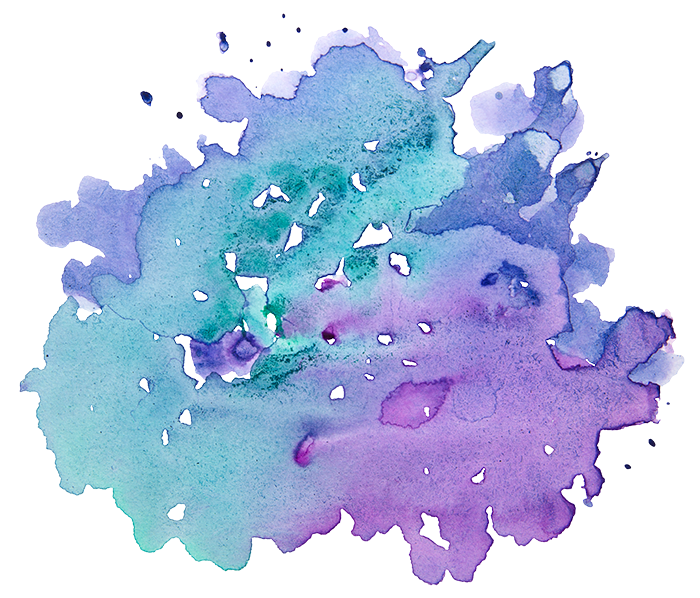by Jordan Braunig, Hebrew College Intern
In an education class that I was taking a couple of years ago at Hebrew College’s Rabbinical School, an instructor assigned us the seemingly benign task of watching a few child-development videos on YouTube. I’m as busy as the next guy and appreciated having an assignment that I could knock out in five, ten minutes tops.
A couple of hours, and about eighty-five videos later I realized that I might be addicted. There is something so adorable about watching little toddlers struggling to grasp the basic concepts of reality. Forget LOLcats, Piaget videos were my time-suck d’jour. A favorite video of mine was of a little girl who sits in front of two short, wide glasses half-filled with water. She concludes that the two short, wide juice glasses have the same amount of water in them. The interviewer then picks up one of the glasses and pours the water from it into a tall skinny glass. The interviewer then points at the tall, skinny glass full of water and asks, “Now, does this glass have more water, less water, or the same amount of water as the other glass.” The child looks back and forth for a brief second after which she assuredly concludes, “It has more water… It’s taller.”
I’m a modestly intelligent person- I know that this four-year-old is wrong, but there is a little part of me that wants to say, “Hey, not fair. Water is really confusing.” What is the deal with this substance that takes the shape of any vessel in which it is placed? The mysteriousness of water-its power and its flexibility are central to the experience of the mikveh. Just as water is yielding and malleable, so too are the symbolic possibilities of immersion in the mikveh. In some moments we might need to immerse in the renewing waters, while at other points we might desire the waters of healing. There are times for an immersion in cleansing waters, and, as I’ve seen during my short time as an intern at Mayyim Hayyim, there are countless times to dip in the waters of simcha v’sasson – joy and happiness.
In my own life, mikveh has not been a symbol with a constant, fixed meaning, but rather a holy space whose symbolic power has changed from one immersion to the next, from one point in my life to another. Dunking in the waters of the Gulf of Mexico before my wedding meant something very different from my pre-Yom Kippur immersion in Jerusalem last year. I have also been lucky enough to live for the past four years in Boston, and to have access to Mayyim Hayyim. I have learned here, and I have immersed here. I have experienced, first hand, the way in which immersing in living waters can allow a person to navigate the twists and turns, the joys and sorrows of life.
As an intern at Mayyim Hayyim this year, focusing on the Men’s Intitiative, I am excited to work with the male-identified individuals in our community to imagine the myriad of symbolic meanings of mikveh for men. I’m also proud to report that the Men’s Initiative will include a men’s mikveh guide training, which will take place this coming January. Speaking of which…the application is now online. When you’re done watching developmental psych videos-check it out here!
When Jordan Braunig isn’t wasting time on YouTube, he’s a student in the Rabbinical School at Hebrew College in Boston. Jordan is currently the rabbinic intern at Congregation Ahavas Achim in Newburyport, MA. He and his wife, Casey are expecting their second child in late November, and are planning a ninth-month immersion at Mayyim Hayyim.

